Review shows many potential benefits of fungi to aquaculture but their applications are still mostly experimental
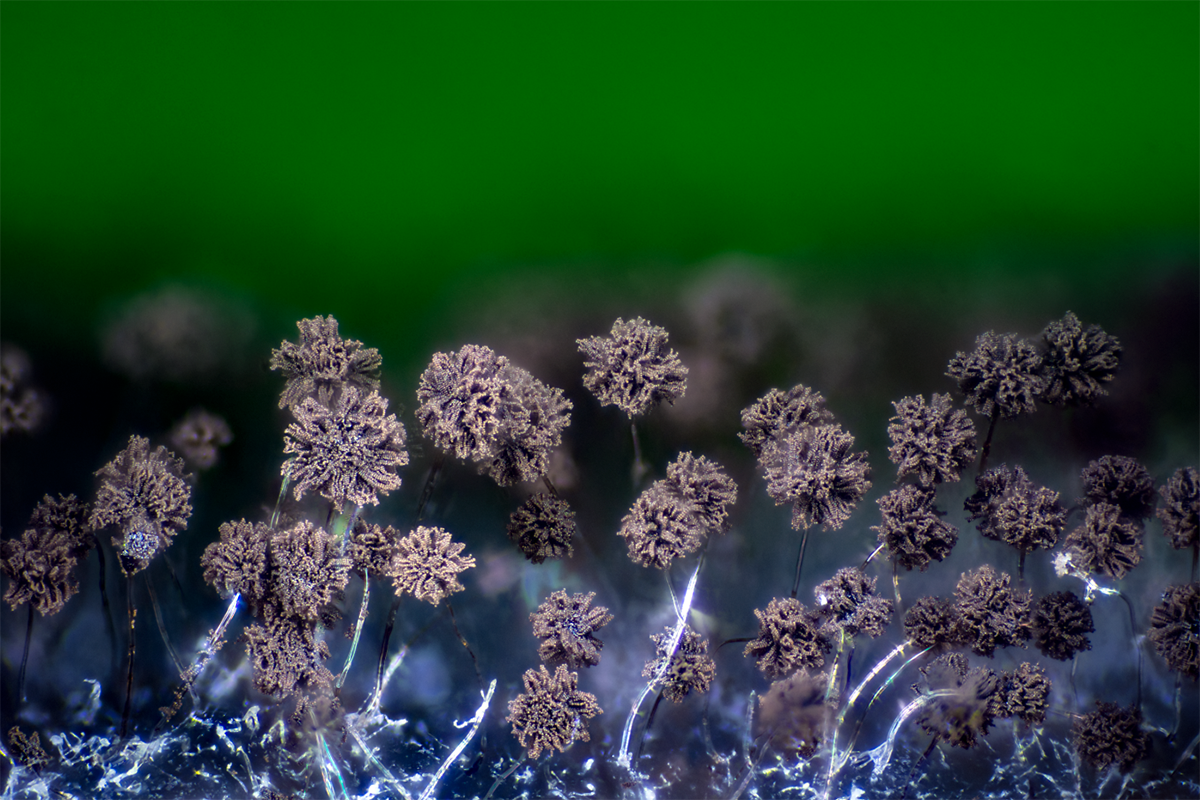
Fungi are unicellular or multicellular/filamentous of the Kingdom Fungi. They are ubiquitous eukaryotic (organisms whose cells have the nucleus bound in a membrane) organisms and heterotrophs (organism that cannot produce their own food, instead obtaining nutrition from other sources of organic carbon, mainly plant or animal matter). They have been exploited to produce a wide range of industrial products, such as fermented drinks and food, food additives, pigments, biofuels, enzymes, antibiotics, vitamins, fatty acids and sterols. Fungi are important microorganisms with the potential to enhance aquaculture sustainability.
The potential benefits of fungi are numerous, including enhanced productivity and a more efficient, sustainable and environmental practice contributing to improving aquaculture sustainability. However, these benefits need to be organized in the literature in order to create awareness and promote knowledge for its adoption. This is because research has revealed that the potential of fungi has not been adequately utilized/exploited in aquaculture practice due to various factors.
This article – summarized from the original publication (Onomu, A.J. and G.E. Okuthe. 2024. The Application of Fungi and Their Secondary Metabolites in Aquaculture) – reviews the potential applications of fungi in aquaculture, and the limitations associated with their utilization.
Source of antibiotics, probiotics and prebiotics
Fungi produce a variety of bioactive substances, such as antibiotics, enzymes and secondary metabolites, which can hinder bacteria, and viruses and pathogenic fungi growth. Fungi, such as Penicillium and Aspergilus sp., produce penicillin and other antibiotics with broad-spectrum antibacterial activity. A fungus isolated from sponges exhibited antibacterial activity against Vibrio harveyi and V. alginolyticus, and similarly, fungi metabolites of a marine red alga have antibacterial compounds that inhibit bacteria pathogens such as Aeromonas salmonicida, V. anguillarum, V. harveyi and Yersinia ruckeri.
Fungi also function as probiotics/prebiotics when supplemented in diets, enhancing growth, feed efficiency, immune and hematology parameters and disease resistance against pathogens. The improved growth, survival, and FCR displayed by shrimp-fed diets containing fungi metabolites are reportedly due to the phytochemicals (β-glucans and polyphenols) contained in the metabolites, which act as immunostimulants and antioxidants.
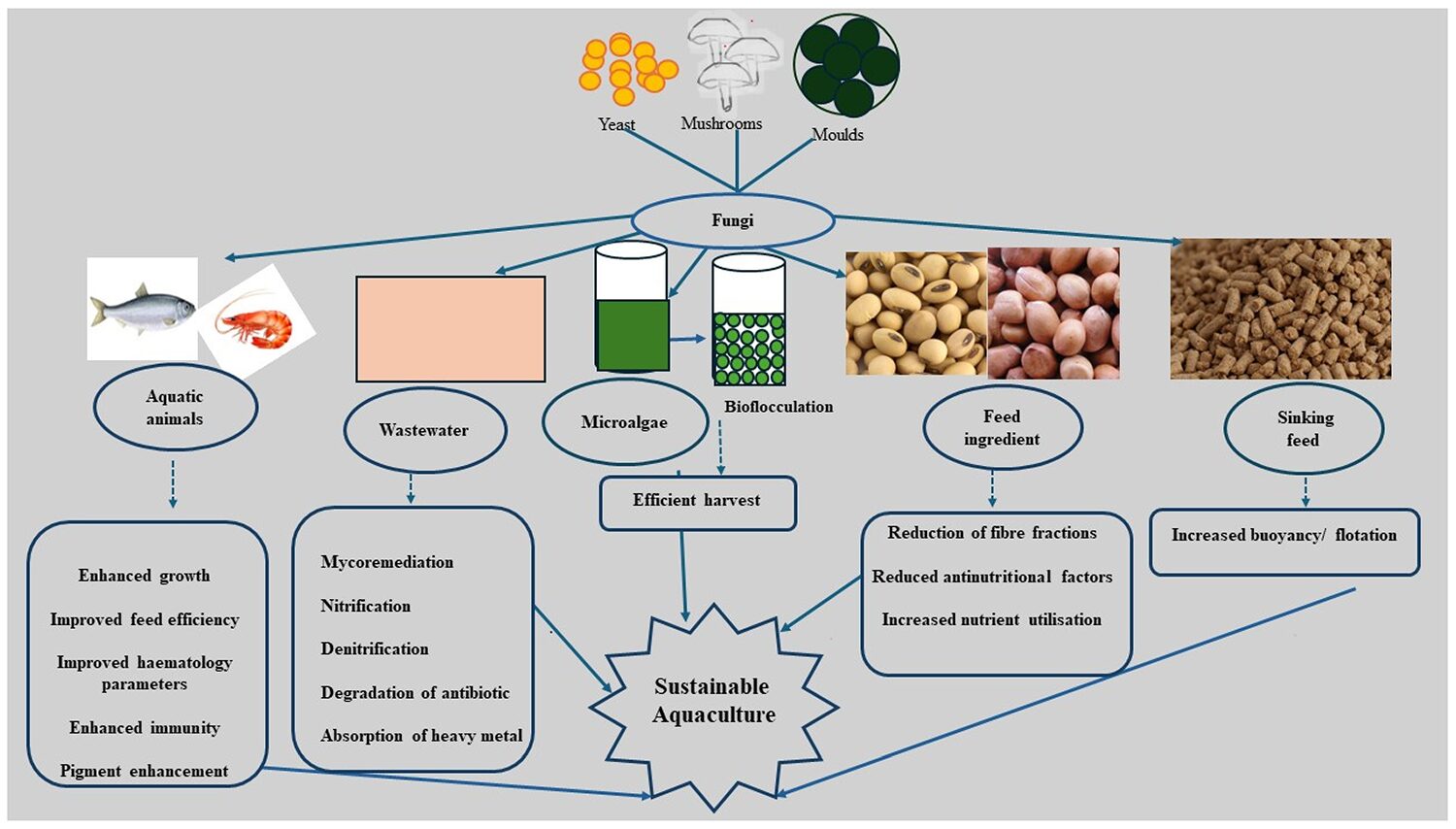
Fungi supplementation in diets also plays immunostimulatory roles in aquatic animals, resulting in enhanced immunity and hematology parameters, which are good health indicators. Various studies have shown that Pacific white shrimp fed fungi-supplemented diets had a higher immunity compared with those fed the unsupplemented diets. Fish that were fed fungi diets reportedly had a higher fungi cell load in their gut than those without fungi. However, this was influenced by the concentration of fungi in the feed, such that the fungi load increases with the increase in fungi content of the feed.
Reduction of anti-nutritional factors and fiber fractions in plant ingredients
The use of alternative protein sources, such as protein from terrestrial plants for aquafeed production, is encouraged to reduce reliance on fishmeal and increase the sustainability of aquaculture. However, plant antinutrients (substances that directly or indirectly interfere with feed utilization and negatively impact animal health and productivity) naturally present in terrestrial plant proteins are a limiting factor to their use. Antinutrients are substances that directly or indirectly (through metabolic substances produced in living organisms) interfere with feed utilization and negatively impact animal health and productivity.
The use of fungi in the processing of terrestrial plant products reduces the antinutritional factors in terrestrial plants, making them more suitable for utilization in the production of aquafeeds with fungi mostly incorporated as fermentation agents. For example, the natural fermentation of soybean meal reduced trypsin content by 63.85 percent, but fermentation with the yeast S. cerevisiae and A. niger reduced the trypsin content by 92.47 and 94 percent, respectively.
Increased nutrient availability in feed
Fermentation of aquaculture feed ingredients and feed with fungi increases nutrient content, like proteins and amino acids, thus improving aquafeeds. For example, fermentation of groundnut oil cake (GNC) using A. niger led to a ~21 percent increase in protein content, and fermentation with A. niger also enhanced the protein and ether extract content of rapeseed. Various fungi have been shown to increase the crude protein content of rapeseed meal, soybean meal (SBM), algal meal and macrophyte meal upon fermentation. Groundnut oil cake fermented with A. niger also had increased essential amino acid content. The methionine and lysine content of fermented GNC had a 50 percent increase compared with the unfermented GNC. Similarly, histidine, tryptophan and threonine increased by about 20 percent upon fermentation with A. niger.
The fat reduction in aquafeed pellets by Rhizopus sp. has been attributed to its production of lipase enzymes during fermentation. Fermentation with fungi seems to be more efficient in enhancing the nutrient composition of feed ingredients than fermentation with bacteria. For example, fermentation of sargassum powder with A. niger, S. cerevisiae and Lactobacillus spp. increased the protein content of sargassum powder and reduced lipid and carbohydrate content, unlike the control (unfermented sargassum powder).
Phytase enzymes obtained from fungi can also be used to enhance the availability of some minerals and have been employed to improve dietary mineral retention in aquatic animals. For example, channel catfish fed phytase-containing diets had a significantly higher concentration of manganese, ash, calcium and phosphorous deposited in the bones than fish without phytase supplementation. The phytase concentration also influenced the deposition of these minerals in the bones of the fish.
Increased mineral utilization and reduced nutrients in effluents
Phosphorous is one of the essential minerals required for growth in aquatic animals and is naturally found in feed ingredients of plant origin as phytic acid and makes up about 80 percent of the total phosphorous in plant ingredients. Aquatic animals, especially fish, cannot utilize the phytic acid in these plant ingredients because most aquatic animals lack or have low amounts of the required phytase enzyme. Phosphorous deficiency and suboptimal levels of dietary phosphorous in diets of aquatic animals result in reduced growth, deformities, poor bone mineralization and reduced immunity, requiring the supplementation of phosphorous in feed formulation.
Phytase enzymes can be produced from plants, bacteria and fungi. The limitation in the production of phytase enzymes from plants is that the synthesis methods are inefficient, time-consuming and expensive. Fungal phytase, one of the metabolites produced by fungi, is more desirable than bacterial phytase because of its thermostability and more significant chitin effects. An advantage of using phytase of fungal origin in aquaculture is that it reduces the phosphorous load in the water and thus the environment when compared with inorganic phosphorus, which could leach into the water column from feed. Fungi phytase should be applied by spraying on formulated diets after extrusion, as temperature affects its efficacy and may not withstand the temperature of feed production and extrusion.
Fungi as a buoyancy/flotation agent in aquafeed
Manufactured aquafeeds are categorized into floating (extruded) and sinking feed (non-extruded), depending on the feeding habits of the targeted culture species. Floating feeds, typically used for finfish species, are manufactured by extrusion and are hydrophobic, making them highly stable in water. They are, however, expensive, as a high investment cost is required in their production. Though sinking feeds are cheaper compared with their floating counterparts, they easily reach the bottom of the culture system and can be wasteful and polluting depending on the species and the feed management used.
Fungi have the ability to enhance the buoyancy/flotation of fish feed without the need for physical extrusion, through solid-phase fermentation. The flotation of fungi fermented feed is imputed to the surface fungi mycelium (network of hyphae – the main mode of vegetative growth – which is cotton-like and whitish), preventing penetration of water into the poriferous spaces on the pellet. For example, Rhizopus sp. and yeast are used to increase the flotation of feed. Also, a commercial sinking feed has been fermented using Rhizopus sp. and the fermented feed had a higher stability and buoyancy compared with the sinking feed counterpart.
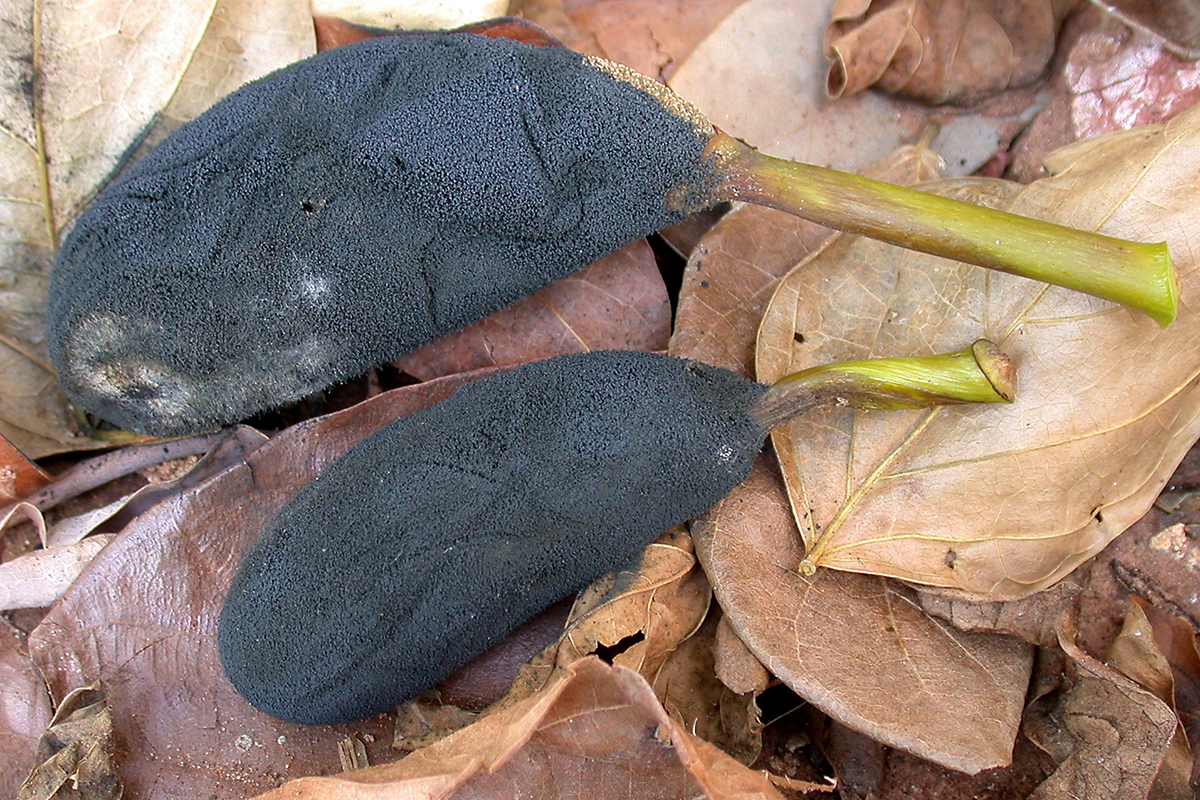
Beyond buoyancy, the stability of the feed is significant in aquaculture. The capacity of fungi to grow on a substrate of organic origin and also bind the substrate particles makes them suitable for use as biological binders in the manufacturing of aquafeed. The binding effect achieved by fungi in aquafeed is attributed to the fungi hyphae penetrating thoroughly into the pellets, filling up spaces in the pellet and interlocking the feed ingredients. The various studies available on yeast have shown it to be a good flotation agent and not a binder. Fermented feed is an alternative to sinking feed and can be applied in small-scale farming where extruded feed is not available or where the farmers produce their feed using locally available ingredients.
Pigments
The color and outward appearance of cultured animals play important roles in the attractiveness, value, demand and acceptance of a product. Sources of carotenoids and pigments for fish may be synthetic or natural. Natural sources of pigments include vegetables and fruits such as red beetroot, carrot, okra, cabbage and tomatoes. Synthetic pigments are generally characterized by high cost and other concerns, and these limitations have led to a focus on non-toxic pigments from natural sources. However, pigments from natural sources, such as plants are constrained by their limited availabilities, irregular harvest, land use, labor intensiveness and seasonal availability.
Filamentous fungi (especially basidiomycetous mushrooms, and ascomycetous fungi and lichens) and yeast produce a diverse range of pigments secreted as secondary metabolites. They are produced as a reaction to unfavorable environmental conditions, such as high/low temperatures and excessive/prolonged exposure to light and stress, such as exposure to limited/insufficient availability of nutrients. An advantage of pigments produced by fungi over pigments from other natural sources is that the former do not make use of agricultural land meant for food production.
Neurospora spp. are among the fungi generally recognized as safe (GRAS), as they are not known to produce mycotoxins. An advantage of Neurospora spp. as a pigment-producing fungus is that it can be grown on a variety of substrates, including industrial residues and lignocellulose. Some fungi-derived pigments are already commercialized, for example, canthaxanthin and ankaflavin pigments produced from Monascus sp. and a commercial red pigment is produced from Penicillium oxalicum.
Bioremediation
Various bioremediation options, such as integrated multitrophic aquaculture (IMTA) and aquaponics, have been used to reduce the nutrient load of aquaculture effluents. Bioremediation using bacteria is well known; however, mycoremediation, which is the use of fungi in bioremediation, is also efficient and promising. Fungi species are able to decompose/degrade or modify organic/toxic substances into a less toxic form. They thrive even in environments where bacterial bioremediation is inhibited, such as those with low pH levels. The mechanism behind mycoremediation is that fungal biomass/fungal hyphae, to meet its nutrition and energy requirements, produce bioflocs or beads that capture, absorb and degrade particles in suspension.
Fungi have been used for nitrification and denitrification and are known to exhibit a higher capacity of denitrification than bacteria. Fungi have been explored for bioremediation in various industries, for example, to reduce levels of antibiotics such as oxytetracycline and ciprofloxacin in wastewater. Fungi have also been used to degrade numerous medications, including antidepressants, anti-inflammatory drugs and anticancer medications in the pharmaceutical industry.
Fungi can also absorb heavy metals present in wastewater, through their cell wall or extracellular polysaccharide slime. Mushrooms, especially the basidiomycetes, are good decomposers that secrete extracellular enzymes such as manganese peroxidase, laccase and lignin peroxidases. Polysaccharides derived from mushrooms are known to reduce the toxicity of heavy metals.
Bioflocculation
Various filamentous fungi, such as A. niger, A. oryzae and others are potential bioflocculants and are helpful in microalgal harvesting. The mechanism through which flocculation is achieved by bioflocculant could be via sweeping, bridging and charge neutralization. In the application of fungi for microalgal harvesting, fungi spores or pellets are used. Fungi spore-assisted harvesting involves co-cultivating the fungi spores and the microalgae. However, for fungi pellet-assisted harvesting, the pellet is cultured, and active pellets are added into the medium containing the microalgae.
Limitations on the use of fungi
The application of fungi has various benefits; however, some limitations are doubtlessly associated with their use. The effectiveness of fungi in reducing fiber fractions and enhancing nutrient availability is influenced by the duration of fermentation and the dosage administered, which may differ for various feed ingredients, making it difficult for most aquaculture farmers to apply fungi. Therefore, the most effective dosage and fermentation duration for each feed ingredient should be investigated. Most studies on the application of fungi in aquatic diets were conducted in vitro or on a pilot scale under controlled conditions. Therefore, the outcome/result may differ in actual outdoor/farming conditions.
Some fungi (A. niger and A. oryzae) are generally regarded as safe and have been used for food production for a long time. However, the major limitation to the use of fungi is the presence of various mycotoxins. The effects of mycotoxins in aquatic animals include weight reduction, poor feed conversion ratio, deterioration in the immune system and high susceptibility to disease. Mycotoxins are carcinogenic to humans; their effect in humans includes inhibition of protein synthesis, inability to produce energy and oxidation stress. Genetic advances can help in addressing mycotoxins in fungi and have been used in deactivating some mycotoxin genes in fungi.
Perspectives
Fungi have been utilized and extensively explored in the food, chemical and pharmaceutical industries. For aquaculture, the application of fungi is still within the experimentation stage and has barely been explored and adopted, but this review of the literature shows that fungi can provide various benefits to many aspects of aquaculture, including growth enhancement, increased disease resistance and increased nutrient utilization, resulting in a reduction of nutrients in aquaculture effluents.
Fungi are also applied to improve feed ingredient nutrients and reduce antinutrients and fiber plant protein, making them more suitable for use in aquafeed production. Fungi can increase the digestion of plant protein, feed buoyancy and thus aquafeed flotation, and can act as alternatives to synthetic pigments. Overall, fungi have much potential to be of considerable benefit to the sustainability and productivity of aquaculture.
Now that you've reached the end of the article ...
… please consider supporting GSA’s mission to advance responsible seafood practices through education, advocacy and third-party assurances. The Advocate aims to document the evolution of responsible seafood practices and share the expansive knowledge of our vast network of contributors.
By becoming a Global Seafood Alliance member, you’re ensuring that all of the pre-competitive work we do through member benefits, resources and events can continue. Individual membership costs just $50 a year.
Not a GSA member? Join us.
Authors
-
Dr. Abigail John Onomu
Corresponding author
Department of Biological & Environmental Sciences, Walter Sisulu University, Mthatha 5117, South Africa
-
Dr. Grace Emily Okuthe
Department of Biological & Environmental Sciences, Walter Sisulu University, Mthatha 5117, South Africa
Tagged With
Related Posts
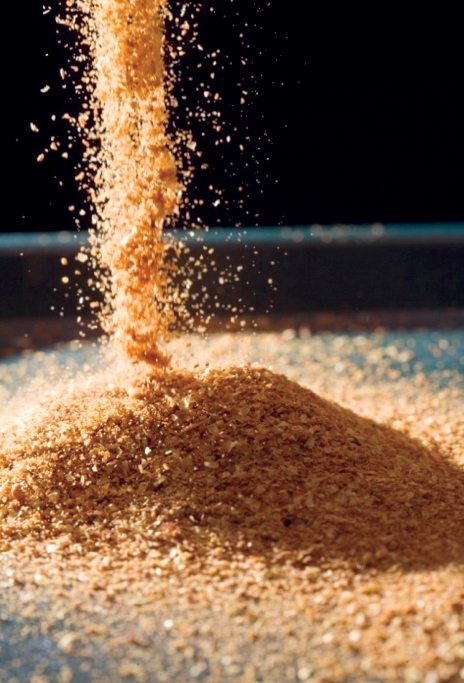
Aquafeeds
A look at corn distillers dried grains with solubles
Corn distillers dried grains with solubles are an economical source of energy, protein and digestible phosphorus to reduce feed costs and fishmeal usage.
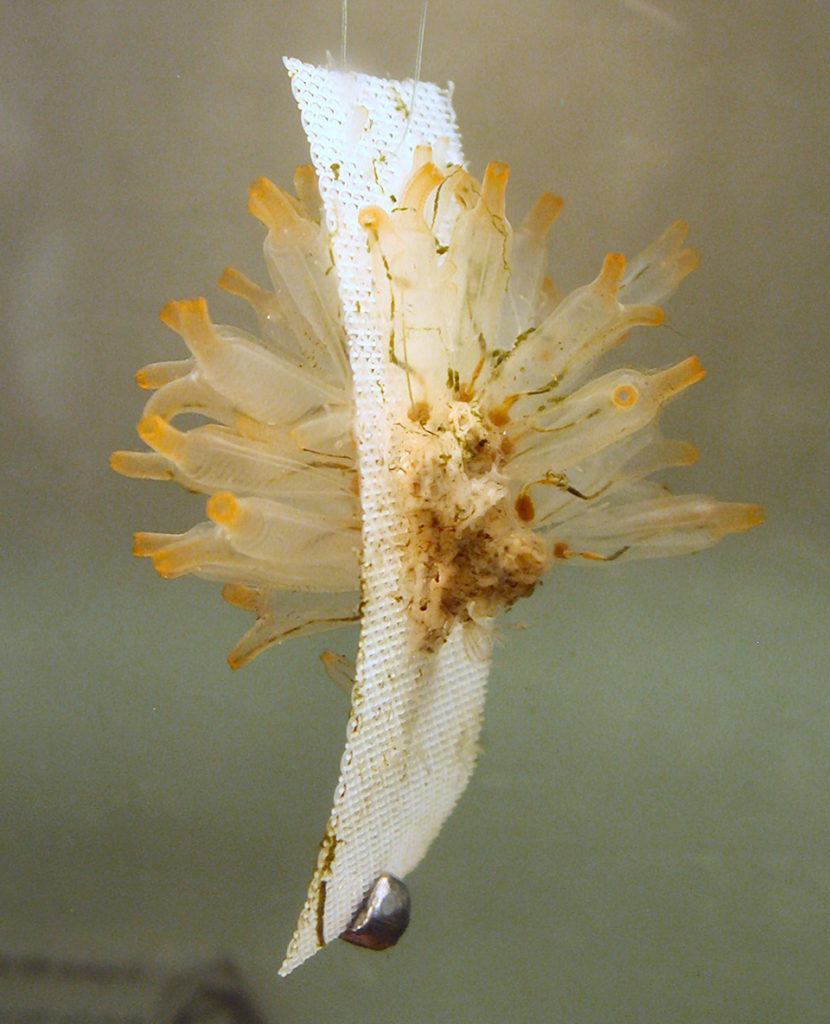
Health & Welfare
Ascidian, sponge culture supplies bioactive metabolites
In vitro culture is a viable method for supplying some ascidian and sponge metabolites for drug development and production.

Responsibility
‘Do more and do better’ – Sustainability manager discusses Skretting’s ambitious agenda
Aquafeed giant Skretting recently appointed Jorge Diaz as its sustainability manager to advance its ambitious sustainability agenda.
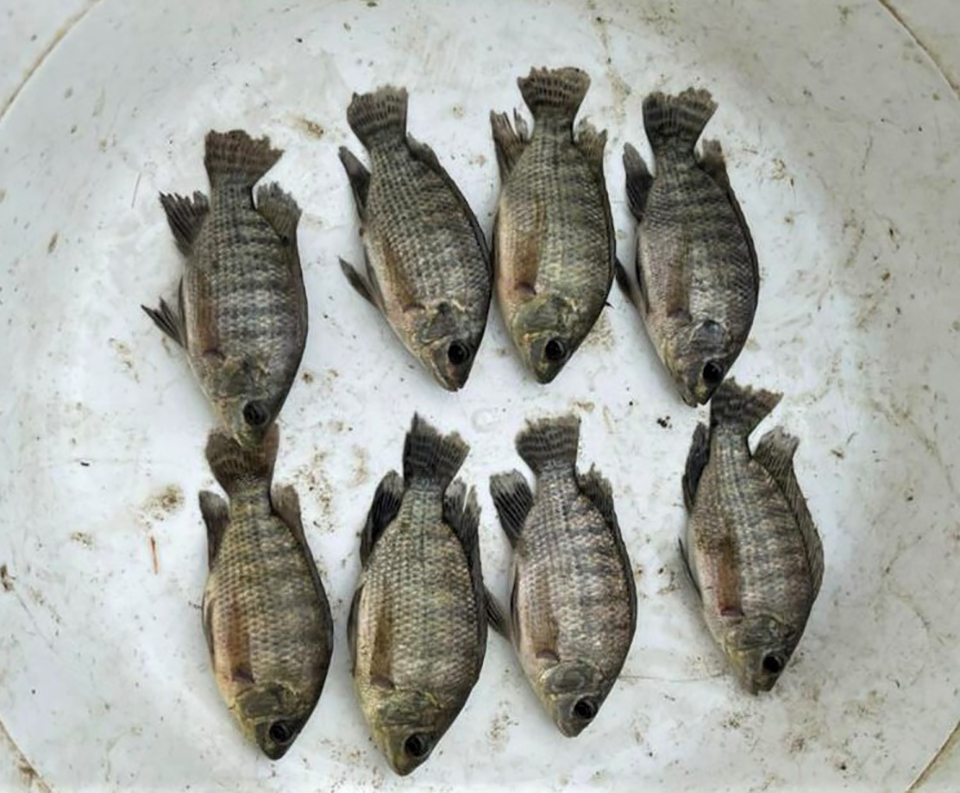
Aquafeeds
Evaluation of yeast-fermented poultry byproduct meal in Nile tilapia
Inclusion of yeast-fermented poultry byproduct meal in Nile tilapia diets, at rates ranging from 11 to 25 percent, improved fish growth and health.



